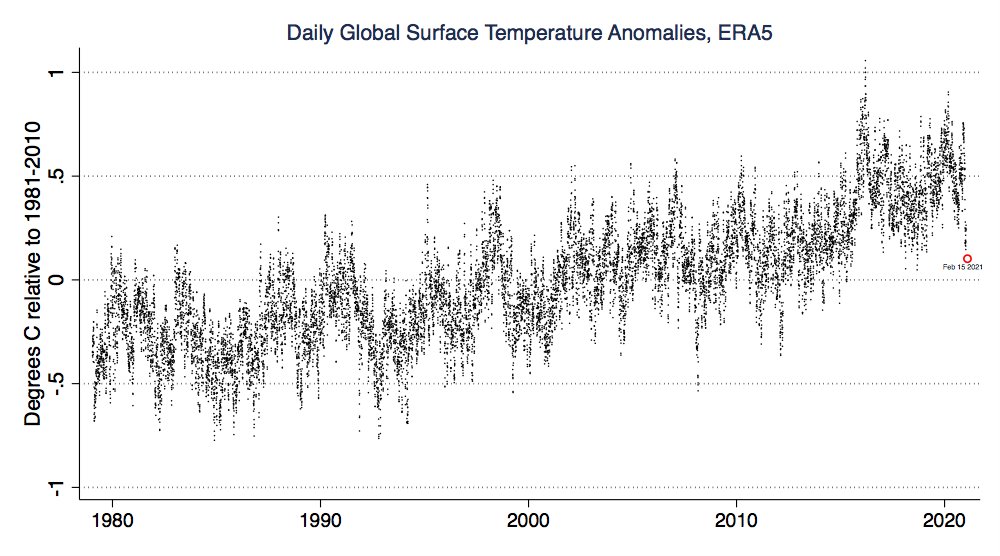
Geoengineering is not a solution to climate change, and at best might be a "break the glass in case of emergency"-type bandaid to buy us time.
That said, I disagree with Bill here that small-scale research projects will "take the heat off" of the push for decarbonization. 1/5
That said, I disagree with Bill here that small-scale research projects will "take the heat off" of the push for decarbonization. 1/5
https://twitter.com/billmckibben/status/1362434229292924932
Here is where I could see geoengineering playing a role: say, at some point in the future we have gotten our emissions under control, but climate sensitivity was high and we've locked in 2.5-3C warming even though we thought we would limit warming to 2C. 2/5
We discover some previously unknown planetary-scale climate feedback mechanism with hysteresis that will lead to substantial additional warming if temperatures remain >2.5C. We need to actively suck lots of CO2 from the atmosphere to get temperatures down to safe levels. 3/5
But it will take decades to get those systems up and running at the scale necessary to remove hundreds of gigatons of CO2. Geoengineering might be a short-term solution to suppress temperatures until CO2 removal can be achieved. 4/5
Thats a pretty unlikely scenario. But there are enough unknowns and uncertainties in the Earth's climate that its useful to have a way to temporary cool the planet in an emergency. Small scale research can at least tell us if its possible. 5/5
• • •
Missing some Tweet in this thread? You can try to
force a refresh








